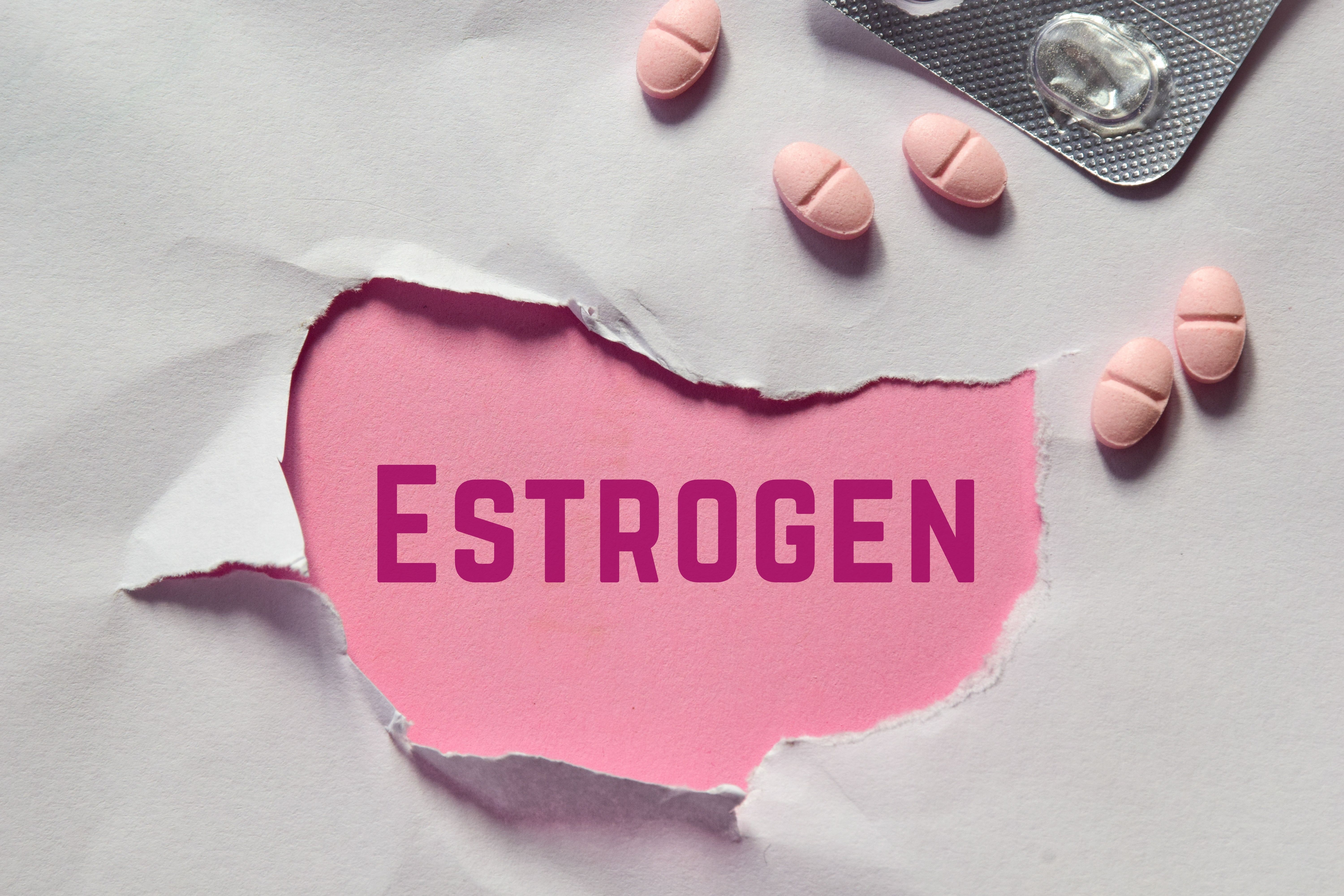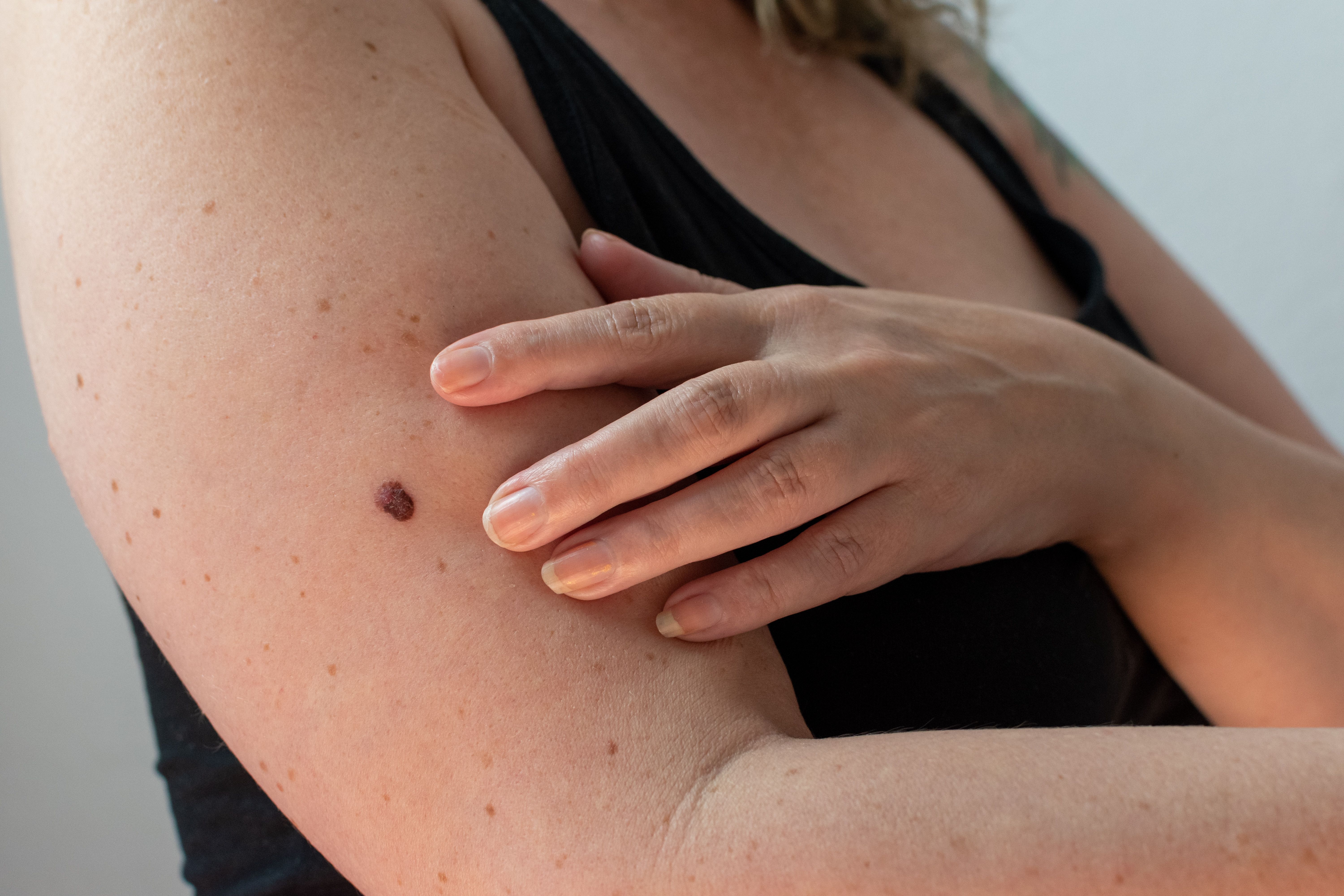News
Article
What We’re Reading: mRNA Vaccine Effective Against Melanoma; Proposed Addiction Treatment Policy; Maternal Health Disparities Before Abortion Bans
Author(s):
Moderna’s mRNA-4157/V940 combined with Merck’s pembrolizumab reduced melanoma recurrence and death; HHS proposed permanently implementing emergency opioid use disorder policies enacted in 2020; maternal death rates were 62% higher in 2020 in states that now have abortion restrictions.
mRNA Vaccine Combined With Pembrolizumab Shows Promise for Melanoma Treatment
Moderna’s experimental mRNA cancer vaccine mRNA-4157/V940 combined with Merck’s cancer immunotherapy drug pembrolizumab was effective against melanoma. According to a news release from the 2 companies, the combination treatment significantly reduced the risk of recurrence or death by 44% in patients with stage 3 or 4 melanoma after surgery, compared with treatment with pembrolizumab alone. These findings are based on phase 2b study results that have not yet been independently reviewed or published. As reported by The Washington Post, positive results in a larger phase 3 trial will be needed before the FDA can consider putting the combination on the market, and Moderna and Merck hope to initiate that trial in 2023.
HHS, SAMHSA Propose Permanent Expanded Access for OUD Medications
HHS, through its Substance Abuse and Mental Health Services Administration (SAMHSA), proposed Tuesday to expand access to treatment for opioid use disorder (OUD) by making permanent the emergency policies enacted in 2020 in response to the COVID-19 pandemic. If implemented, the proposed rule would update federal regulations that oversee OUD treatment standards. It would also protect patients’ expanded access to 2 key medications to treat OUD by allowing take-home doses of methadone and the use of telehealth for initiating buprenorphine at opioid treatment programs. This proposal comes after a 15% increase in US drug overdoses between 2020 and 2021.
States With Abortion Bans, Restrictions Already Had High Maternal Death Rates
A study by the Commonwealth Fund showed states that implemented strict abortion laws and bans this year already had higher rates of maternal and infant deaths, as well as fewer doctors providing maternal care, ABC News reported. In 2020, maternal death rates were 62% higher in states that later implemented or plan to implement abortion restrictions, compared with states where abortion remains accessible. These states also had fewer maternity care providers and more maternity care “deserts,” with a 32% lower ratio of obstetricians to births and a 59% lower ratio of certified nurse midwives to births.




